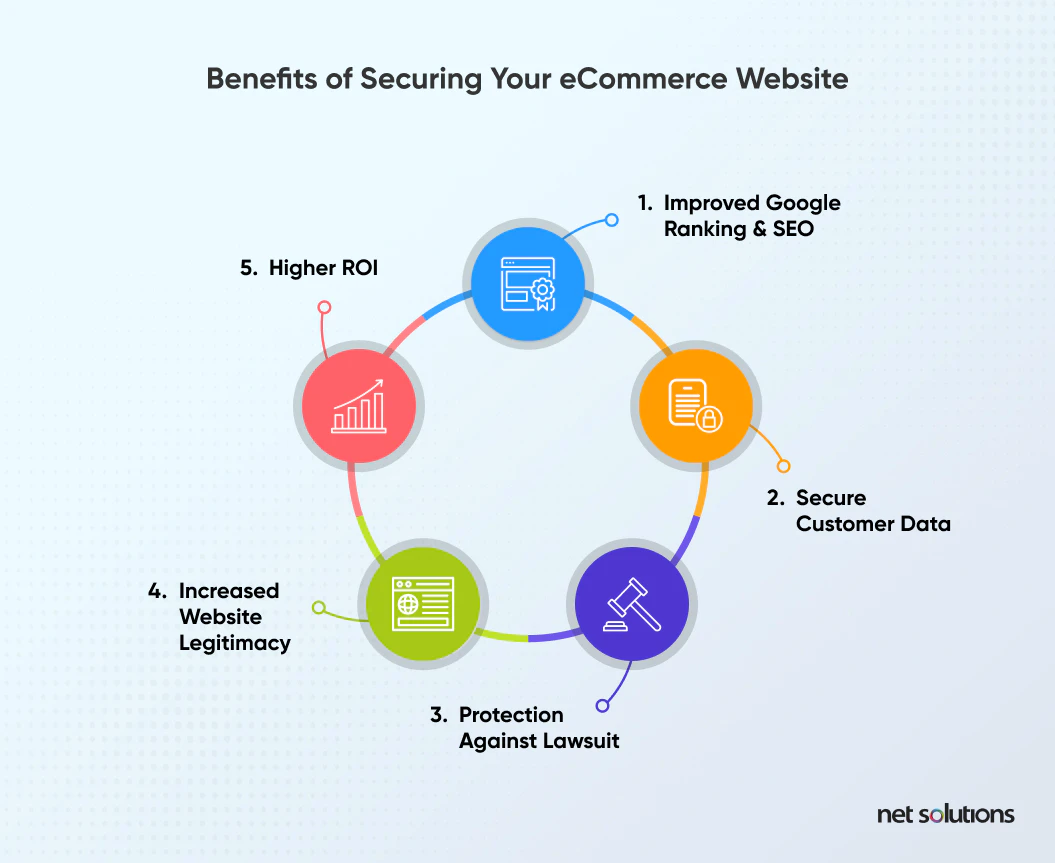
Securing E-Commerce Transactions: Robust Payment Security Measures
In the rapidly evolving landscape of online commerce, ensuring the security of financial transactions is paramount. As consumers increasingly turn to digital platforms for their shopping needs, the importance of implementing robust e-commerce payment security measures cannot be overstated.
The Growing Significance of E-Commerce Payment Security
With the exponential growth of online shopping, the need for secure payment methods has become more critical than ever. The vast array of personal and financial information exchanged during e-commerce transactions makes these platforms attractive targets for cybercriminals. Therefore, the implementation of robust security measures is crucial to safeguarding both businesses and consumers.
Encryption Protocols: Building a Secure Transaction Foundation
One of the fundamental pillars of e-commerce payment security is the use of encryption protocols. Employing strong encryption ensures that sensitive data, such as credit card details and personal information, is transmitted securely between the user’s device and the e-commerce platform. This cryptographic safeguard creates a secure foundation for every transaction, significantly reducing the risk of data breaches.
Two-Factor Authentication: Adding an Extra Layer of Protection
To enhance the security of online transactions, many e-commerce platforms now employ two-factor authentication (2FA). This additional layer of protection requires users to verify their identity through a second method, such as a one-time code sent to their mobile device. By implementing 2FA, e-commerce businesses can mitigate the risk of unauthorized access, adding an extra barrier for potential cyber threats.
Tokenization: Securing Payment Information at the Source
Tokenization is another advanced security measure gaining prominence in the e-commerce realm. This process involves replacing sensitive data, like credit card numbers, with unique tokens. Even if intercepted, these tokens are meaningless to cybercriminals without the corresponding decryption key. By securing payment information at the source, tokenization minimizes the impact of potential data breaches.
Regular Security Audits: Proactive Measures for Risk Mitigation
E-commerce businesses should conduct regular security audits to identify vulnerabilities and address potential threats promptly. These audits involve comprehensive assessments of the entire payment processing system, including third-party integrations. By staying proactive, businesses can stay one step ahead of cyber threats, ensuring a robust and secure environment for online transactions.
Continuous Employee Training: Strengthening the Human Element
Human error remains a significant factor in security breaches. E-commerce businesses must invest in continuous training programs to educate employees about the latest security threats and best practices. By fostering a culture of security awareness, companies can significantly reduce the risk of internal lapses that could compromise payment information.
E-commerce Payment Security: A Shared Responsibility
In conclusion, the responsibility for e-commerce payment security is shared between businesses, payment service providers, and consumers. Employing encryption protocols, implementing two-factor authentication, utilizing tokenization, conducting regular security audits, and providing continuous employee training are all crucial steps in creating a secure online shopping environment.
To learn more about the evolving landscape of e-commerce payment security, visit E-commerce payment security. Stay informed and stay secure in the world of online transactions.
